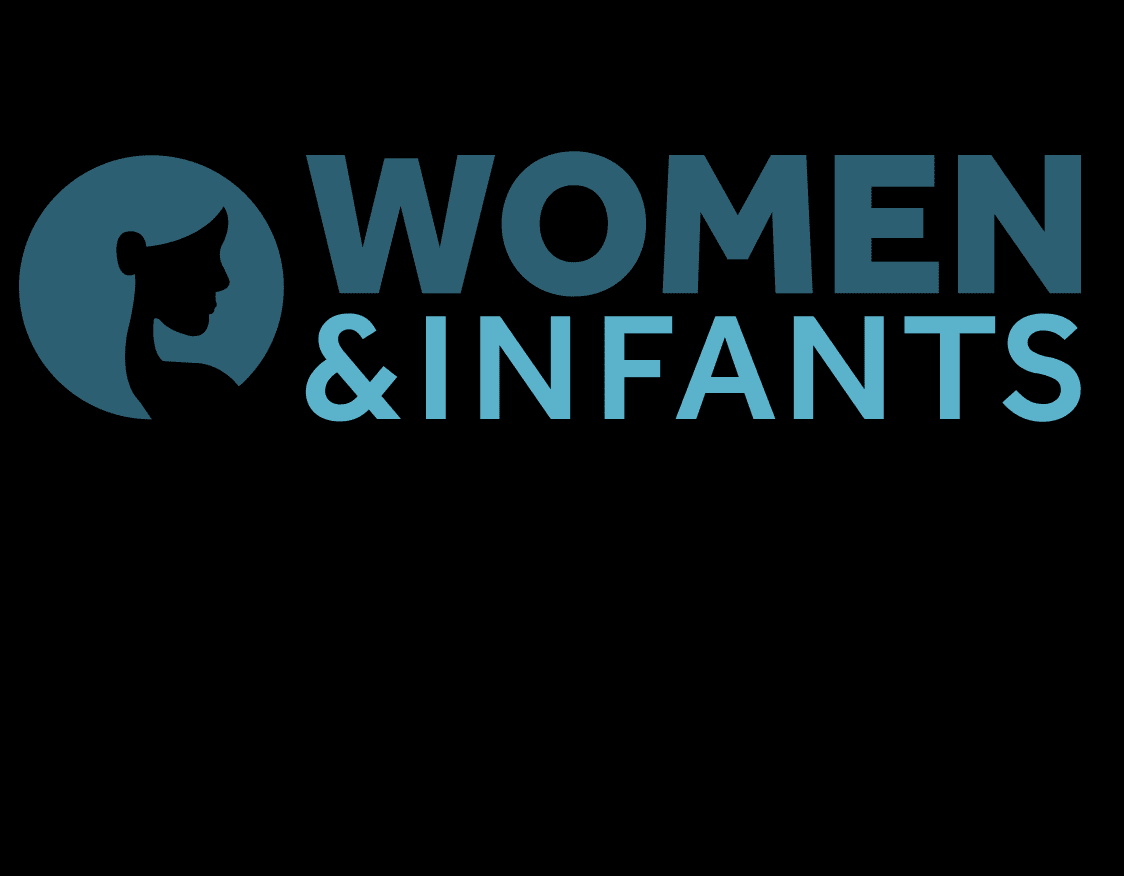Search Posts
Recent Posts
- Rhode Island Weather for June 1, 2025 – Jack Donnelly June 1, 2025
- To Do in RI: 26th Annual Rose Show of the Rhode Island Rose Society June 1, 2025
- Victory is ours: Victory gardens are blossoming again – Chuck Norris June 1, 2025
- Ask Chef Walter: The problem with “The Best” – Chef Walter Potenza June 1, 2025
- Gimme’ Shelter: Kava is waiting at the Providence Animal Control Center June 1, 2025
Categories
Subscribe!
Thanks for subscribing! Please check your email for further instructions.

Women & Infants capital campaign will touch 4 of 5 Rhode Island families – Richard Asinof
by Richard Asinof, ConvergenceRI, contributing writer
Women & Infants Hospital puts renewed emphasis on building its future in raising money for a new delivery facility and creating a new research institute focused on women’s health
Call it auspicious. Within days of announcing the capital campaign to raise $33 million to build out a new delivery center, with $5 million targeted to create a new research institute focused on women’s health, a research team led by Dr. Vivian Sung, MD, MPH, at Women & Infants Hospital, was approved for a $6.9 million funding award by the Patient-Centered Outcomes Research Institute to study nonsurgical treatment options for urinary incontinence.
While much of the attention has been focused on the capital campaign to “rebuild its top-ranked but outmoded Labor and Delivery Unit, by enhancing birthing options, enlarging delivery rooms, and providing an equitable, state-of-the-art environment in which women can deliver their babies,” according to the news release, the new Women’s Health Research Institute signals a renewed focus on creating a research hub focused on women’s health needs – an area that has been traditionally under-funded.
The recent hiring of Dr. Jill Maron, the new director of Pediatrics at Women & Infants Hospital, and her research in developing non-invasive saliva assays to allow for rapid genomic sequencing of newborns, is opening the doors to personalized preventive health care for infants. [See link below to ConvergenceRI story, “On the cusp of a revolution in the care for newborns.”]
Maron is currently directing two separate national clinical studies with National Institutes of Health funding, one looking at saliva assays to diagnose the need for antibiotics, and a second looking at rapid whole genomic sequencing for neonatal care. Maron is also involved with ongoing research looking at the impact of opioids on the brain’s immune system.
The capital campaign for the new Labor and Delivery Unit and the Women’s Health Research Institute can be seen, in many ways, as a positive response to the news that the proposed merger of Care New England and Lifespan was rejected by R.I. Attorney General Peter Neronha and the U.S. Federal Trade Commission.
Translated, the work continues, looking to the future.
ConvergenceRI recently spoke with Shannon Sullivan, president and COO of Women & Infants Hospital, focused on the direction of the new research institute and what it means moving forward for Women & Infants Hospital.
Sullivan framed the capital campaign as one that would touch four out of five families in Rhode Island. “When you look at the demographics of the state of Rhode Island, if 80 percent of the babies born in the state are born here, four out of five families start in this building,” she said. “There is not a capital campaign project that has touched that amount of people.” And, Sullivan added, “You don’t often see a research institute that touches more than 50 percent of the patient population in the state.”
Plans for the new bricks and mortar construction of the new delivery building will begin in the fall, Sullivan said. She expects that the project will take about two years to complete. The new facility will be an addition to the second floor, Sullivan continued. “In Rhode Island talk, if you will, it is the old building off the second floor, over the doctor’s parking lot.”
The Women’s Health Research Institute will not require a new bricks-and mortar facility, but utilize existing resources, including the Kilduss building in the former Jewelry District, according to Sullivan.
Sullivan proudly pointed to the fact that the steering committee is made up of 100 percent women, and that 50 percent are diverse women, because, as Sullivan put it, “We really want to reflect the communities that we serve.”
Here is the ConvergenceRI interview with Shannon Sullivan, the president and COO of Women & Infants Hospital, talking about how the focus on raising money as part of a capital campaign to support research around women’s health creates an opportunity to create a research hub in Rhode Island.

Dr. Vivian Sung, MD, MPH at Women & Infants Hospital was approved for a $6.9 million funding award by the Patient-Centered Outcomes Research Institute to study nonsurgical treatment options for urinary incontinence.
ConvergenceRI: Can you talk about the goals of the new research institute? What do you want to accomplish?
SULLIVAN: The Women’s Health Research Institute, while last of the capital campaign in total [amount to raised], is something quite frankly, that I am most excited about in this capital campaign.
Women & Infants has had a long and storied research history and been involved in multiple NIH grants. It has been the site for multiple COBRE grants over the years, and it is part of what makes us different than other hospitals across the country.
A lot of that has focused on our obstetrical patient population; a lot of that has focused on our pediatric patient population. About 10 years, our previous president, Connie Howe, when she retired, in her name, she donated funds for – and then continued to – solicit donations and fund herself the Connie A. Howe Research Innovation Fund, to fund new and mid-level career scientists who have not yet quite received funding but need resources to be able to get to the point to receive funding to support their women’s research.
So, this is really multiplying that by a hundred. What we are really looking to accomplish is to develop the Women & Infants Health Research Institute into a larger, more comprehensive women’s health research.
Women’s health, historically, has focused on obstetrics and gynecology. We want this research institute to focus on a much wider scope for women’s health and not just reproductive health. Although that will still be a main core of what we do, given where we sit in the community.
And, really be able to fund scientists looking at the specific needs of women and their health needs across their lifespan.
ConvergenceRI: How much money are you talking about raising? What is the financial goal for the research institute?
SULLIVAN: The total capital campaign is $33 million; $28 million of that will be for the new labor delivery center, and then $5 million is for the Women’s Health Research Institute.
ConvergenceRI: Is there any chance that the Women’s Health Research Institute will get short shrift if you don’t raise the total $33 million?
SULLIVAN: Absolutely not. We are committed to research as we are to the brick-and-mortar building that we need to do. We give people the option when we meet with them about which portion of the campaign they want to donate to.
ConvergenceRI: I was intrigued to learn about the research work of Dr. Jill Maron, because it enabled nurses and doctors to take a simple assay of saliva in a painless, non-invasive procedure for newborns, enabling an accurate diagnosis in real time of a baby’s immune responses and identifying biomarkers
Her research points to a new way of treating infants and revolutionizing the way that are is delivered. As I understand it, she is directing two major national NIH-funded clinical trials, with the potential to position Women & Infants as a research hub for such work.
SULLIVAN: Dr. Maron brings to us a whole different view of science. Her focus is not only on saliva assays, but it has also been on placental transition, which complements the work of Dr. Methodius Tuuli, the chair of Brown’s Obstetrics and Gynecology Department. Brining the two of them within nine months of each other to this institution
Bringing of two of them to this institution within nine months of each other builds out our research enterprise focused on interdisciplinary research on maternal and child health outcomes
ConvergenceRI: A lot of the “noise” about the proposed merger that is no more was the idea that it would create new opportunity in the bioscience and biotech industry here in Rhode Island. With the new Women’s Health Research Institute, do you see it as an opportunity to create such a research hub here in Rhode Island? Is that too far of a stretch?
SULLIVAN: Absolutely not. I think that has been our goal, and I think that will continue to be our goal. Women’s health research, in particular, tends to be under-funded. These philanthropic funds will help to level the playing field, if you will. It will give researchers from a wide variety of clinical backgrounds the ability to spend more time focusing on the women’s health needs of this community.
The focus will be regional, national, and international – because Dr. Tuuli’s work is really international. There will be women whose health outcomes in Africa are better because of the research we are doing right here in Providence.
ConvergenceRI: One of the big issues that continues to plague health care delivery, particularly in regard to women’s health, are the poor outcomes in maternal health, particularly for communities of color. Will that become a focus of the new research institute?
SULLIVAN: It absolutely will, but we are not waiting for the new research institute to become leaders in that field. We have recently funded, through our operational budget, research into what we see as some of our greatest disparities – which are around post-partum hypertension and outcomes in our labor suite.
We have been focused on blood pressure monitoring, blood pressure cuffs, community health workers, external fetal monitoring certification – there are lots of different ways to level the playing field. While we know that our Women’s Health Research Institute is going to focus on equity, we didn’t want to wait to start that work.
ConvergenceRI: Will this new research institute be part of the new bricks-and-mortar construction? Will it be located somewhere else in the hospital? I know that you have a research building in what used to be called the “Knowledge District” – where will it be physically located?
SULLIVAN: Right now we do have that Kilguss Research Institute building and all of our bench research will still take place within those walls. We are not planning on having the Women’s Health Research Institute being a brick-and-mortar institution.
The needs are much less from a facilities-based point of view and much more from a labor point of view, a technology point of view, and a resource point of view. And, we don’t want to take any money to come out of the Women’s Health Research Institute that could go to actual research, if it doesn’t have to.
The Women’s Health Research Institute can do their work in a variety of different areas; we will have our bench research work done in the Kilguss building. It is available to us. A lot of the other research being done is technology-based, and at the bedside.
We will use this funding to be able to support those researchers in their particular need in their research funding, we don’t think that in most cases, they are going to need much more physical space than the space that we already have.
ConvergenceRI: One of the things that is bantered about in discussions about research capabilities in Rhode Island is the alleged need for more wet labs. Do you see that as critical to your work, or not?
SULLIVAN: That is hard to tell. It hasn’t, in our particular research realm. There has been some discussion about that, but we have always been able to access the wet lab space that we need.
If renting that space or needing that space ends up being part where the Women’s Health Research Institute and the work being done by those researchers goes, we will certainly look at that. But right now, the priority is on funding the actual research projects that are being brought to us that could have high impact on all of our patients.
ConvergenceRI: How the NICU play out in all of this? It gives Women & Infants, I believe, one of the highest standards of care for neonatal births, but it is very expensive to run, and, in the past, insurance companies have been trying to cut down on the cost of what they pay for delivering babies. [See link below to ConvergenceRI story, “Women & Infants faces a financial conundrum.”]
Do you see a need to reframe the issues around women’s health from a cost perspective as you move forward with your new bricks-and-mortar facility and the new research institute? Is there a communications component that will become part of this fund-raising effort?
SULLIVAN: I will tell you that from the Carter Family NICU [experience], when that opened, we were able to see clinical outcomes improve, simply by having a state-of-the- art facility. We had state-of-the-art care delivery; what we needed was a facility to be able to support the care of the patients. The same is true for the Labor and Delivery Center.
Obstetrics is an expensive, expensive endeavor. Most leading hospitals will tell you that they do not make a margin on their obstetrical service line, and quite frankly, that is 90 percent of what we do.
So, Medicaid rates certainly need to be higher. If Rhode Island continues to want to have a world-class obstetrical institution that has 80 NICU beds and delivers 80 percent of the babies born in the state, we really need to look at raising the Medicaid rates to make sure that they support that care.
The payer mix at Women & Infants has become skewed much more toward Medicaid and Medicare over the last decade. As a result, our reimbursements have drastically decreased. We have the same [number of] patients that we took care of five years ago, the same volume, but we get paid a lot less for now.
Poor quality is not the issue here; the issue is simply we are providing high quality care and unfortunately, the payer base will not support that right now.
The capital campaign supports high quality care. And, we are right now not funding any of this new building and the Women’s Health Research Institute through our operational budget.
Our current operational budget does in fact support our research enterprise. But we don’t want to take operational dollars that need to go toward the care of patients in order to be able to build that facility.
ConvergenceRI: Do you think that people understand the importance of setitng the bar high for Medicaid rates?
SULLIVAN: It is hard for me to answer that, because that is the place in which I live. I feel like our team here is very aware of the need to increase Medicaid rates – and what that means to the patients that we serve, and what means to the physicians and doctors and nurses on the bedside everyday.
Can I tell you that the average Rhode Islander understands that? Probably not. But it really does threaten the very fiber of the high quality health care environment here in Rhode Island that our Medicaid rates are so low.
_____
To read the full article: http://newsletter.convergenceri.com/stories/an-antidote-to-despair,7096

Richard Asinof is the founder and editor of ConvergenceRI, an online subscription newsletter offering news and analysis at the convergence of health, science, technology and innovation in Rhode Island.
To read more stories by Richard Asinof: https://rinewstoday.com/richard-asinof/
